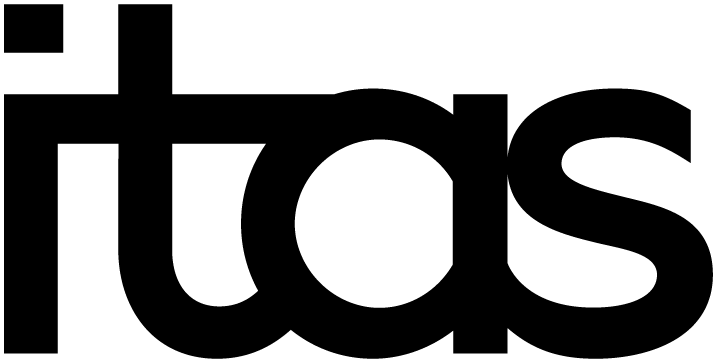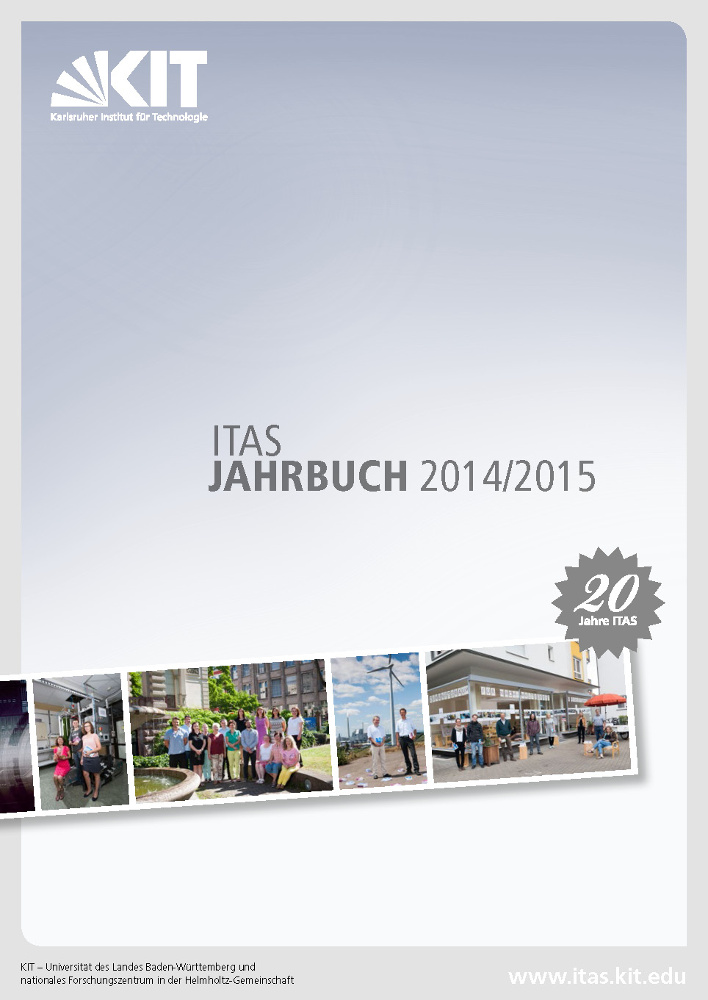ITAS Yearbook 2014/2015 published
In the foreword of the "ITAS-Yearbook 2014/2015" Armin Grunwald and Michael Decker state: "When 20 years ago the Institute for Technology Assessment and Systems Analysis (ITAS) was founded, it meant above all recognition of Technology Assessment in the scientific landscape at that time". The 20th anniversary suggests to look back at the past 20 years and to reflect the current situation of the Institute. The results of this exercise are presented in the recently published Yearbook.
It is aimed at the staff of the Institute, the TA community, co-operating partners and clients. Overall, it shall allow all interested parties to gain insights in the Institute’s activities.
Armin Grunwald, director of the Institute, is considering "20 years of ITAS" as well as the current and future challenges for the inter- and transdisciplinary work at ITAS. A graphically presented timeline supplements this tour d'horizon offering a journey through time hinting to central events in the Institute’s history in connection with European Technology Assessment developments.
The second focus of the Yearbook is on selected research activities of the Institute. In the form of interviews, reports, commentary, and essays scientists of ITAS have their say. They discuss the social dimension of future technologies such as Big Data or Service-Robotics, report on their socio-technical approach to the study of the energy transition, describe their experience of working in a "quarter of the future", or point to the main challenges of scientific policy advice.
Additional elements of the Yearbook address aspects of the vivid daily life of the Institute. Some authors, for example, explain who are the ones making research possible at ITAS, others present impressions of one of Europe's largest TA-conferences, a third one has calculated the CO2 footprint of his daily coffee break. A statistical part finally provides an overview of publications, projects, employees, and the "organic" structure of the Institute. Short contributions of personalities from politics, science and society, which are connected to the Institute, complete the Yearbook. (23.11.2015)
Further links:
- ITAS Yearbook 2014/2015 as PDF Download
- List of Yearbooks of ITAS


